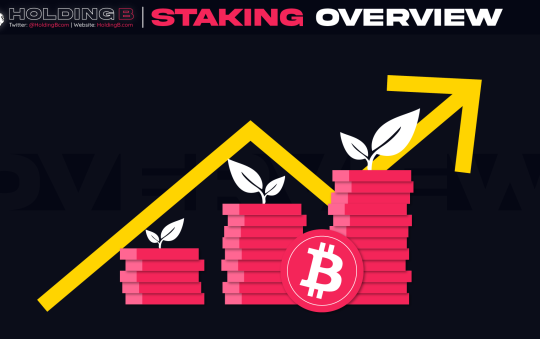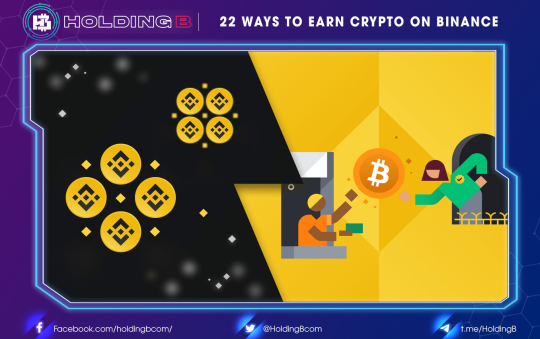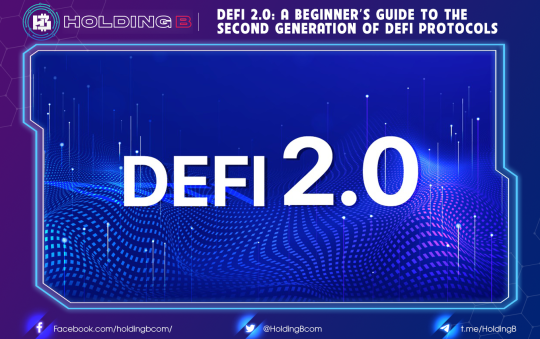In recent years, you must have heard the phrase “multi-chain.” It is a term that means “multi-chain, cross-platform.” More specifically, in the crypto market, if a project is deployed on a multichain, it means that the project is being deployed on at least two chains, which can be Ethereum, Binance Smart Chain, Solana, Polkadot, Avalanche, or other blockchains. In this sense, each network has its own unique properties, trust assumptions, performance, and security methods.
And if you’re interested in this, you’ve probably heard of Cosmos.
We can see that early blockchains, such as Bitcoin and Ethereum, are having scalability problems that result in slow processing of transactions and high costs. Cosmos aims for the infinite scalability of the blockchain to make transactions faster and cheaper. This is similar to Polygon (MATIC). In short, what can you do as a user on Polygon? You can do the same things on Ethereum, but much cheaper and faster.
Recently, within the framework of the Polygon Ignite event taking place in Amsterdam (Netherlands), Polygon announced that it will spend $100 million to build “Supernets,” subnets attached to Polygon to further scale this blockchain. This event has attracted the interest of the Bitcoin community and cryptocurrency users. Find out what’s exciting about Polygon’s solutions.
Hot news about Polygon
- The Polygon Network announced its commitment to being carbon neutral to positively impact the climate this year by releasing an Earth-friendly smart contract, dubbed “Green Manifesto.” In addition, the organization also sponsored an additional 20 million USD to offset carbon emissions in the environment.
- Polygon (MATIC), a popular layer 2 platform on Ethereum, has launched a new, more optimized user identity solution that powers blockchain-based applications.
- Polygon is adding more and more DeFi applications to its network every day. So much so that the project revealed that more than 7,000 dApps are now active on the platform network, more than double the number just three months earlier, according to data from Alchemy.
- Polygon combined with the Seven Seven Six fund to spend $200 million to develop Web3 applications, acquire layer-2 protocol Mir worth $400 million, “splash” $250 million to buy Hermez, build a non-autonomous organization centralization (DAO), implementation of the EIP-1559 mechanism to burn MATIC tokens, and launch of the “world’s fastest” zero-knowledge technology. Recently, YouTube’s gaming director became the new CEO of Polygon Studios.
- As for user adoption, Polygon recorded 1 billion transactions last year with over 2.67 million monthly active users generating 3 million transactions per day, more than double that of Ethereum, although the protocol was at a slight disadvantage in October 2021 when the number of transactions on the network plummeted following the decision to raise gas fees 30 times.
Through the news that I mentioned above, we will see that a particularly prominent platform that attracts the most attention is Polygon.
I am always trying to find ways to develop the system, and in the future, I will continue to develop more. This goes along with the important trend of layer 2 protocols aiming to bring scalability to the ever-congested Ethereum network.
What is Polygon (MATIC)?
You can understand Polygon as a framework for creating Ethereum-compatible blockchain networks and scaling solutions; that is, it is a technology platform that allows blockchain networks to connect and scale. Polygon, “Ethereum’s blockchain network,” launched under the name Matic Network in 2017.
One of the ecosystem’s key services is the Polygon SDK, which allows developers to create Ethereum-compatible networks. Or have you heard of names like Polygon Network, a POS sidechain and one of the first direct products in the Polygon ecosystem? You can understand a sidechain as a parallel blockchain connected to another blockchain.
Who has been building Polygon?
Polygon is a project originating from India, built by four software engineers: Jaynti Kanani, Sandeep Nailwal, Anurag Arjun, and Mihailo Bjelic. The startup’s headquarters are located in Mumbai.
The ambition of the founders of this coin is to build it to become the 3rd strongest coin in the crypto project after Bitcoin and Ethereum.
The role of Polygon
- Deploy pre-existing blockchain networks and create your own blockchains.
- It allows communication between Ethereum and other blockchains.
- Make existing blockchain networks Ethereum-compatible.
Some of the most popular DeFi dapps that have been deployed on Polygon include Aave, 1 inch, Curve, and Sushi. In addition, there are some applications that exist only in Polygon and not elsewhere, such as QuickSwap and Slingshot.
Polygon uses a proof-of-stake consensus mechanism that allows consensus to be reached with every block. The proof-of-stake method requires network participants to agree or not to trade their MATIC, in exchange for the right to validate In addition, transaction data from Polygon is also regularly uploaded to the Ethereum main chain to ensure the integrity of the blockchain (i.e., to ensure that the information contained in the transactions can be verified to be correct).
What is MATIC?
MATIC is an ERC-20 token, which means it is compatible with other Ethereum-based digital currencies. MATIC is used to manage and secure the Polygon network and pay network transaction fees.
The benefits of Polygon (MATIC)
Speed
By using a consensus mechanism that completes transaction confirmations in a single block, Polygon is able to maintain fast transaction processing speeds. Polygon’s average block processing time is 2.1 seconds.
Low transaction fees
Polygon keeps fees low for using the platform, with a typical transaction fee of around $0.01.
Increased flexibility and scalability
The Polygon platform works using the Ethereum blockchain and connects Ethereum-based projects. Using another platform can increase the flexibility, scalability, and sovereignty of a blockchain project while ensuring the security and interoperability of the Ethereum blockchain.
Some disadvantages of Polygon (MATIC)
Performance is degraded in some cases.
The increasing frequency of use continuously exposes the shortcomings of polygons. Earlier this month, a blockchain-based farming game called Sunflower Farmers caused high congestion on Polygon, prompting many users to complain of failed transactions and degraded performance on the blockchain.
Not an autonomous blockchain
Polygon is a layer 2 solution that works on the Ethereum platform. If the Ethereum platform is severely disrupted or defunct, then Polygon will likely lose value.
Polygon’s development potential
Polygon’s dominance across all social media platforms has increased by 636%. This shows that Matic’s attraction is growing. Polygon is adding more and more DeFi applications to its network every day. So much so that the project has revealed that over 7,000 dApps are now active on the platform network. In addition, in the past year, Polygon has been integrated by leading DeFi projects such as Uniswap, Aave, and Curve, along with many famous fashion brands such as Dolce & Gabbana, adidas, or Prada, to support the release of NFTs. Besides, Polygon is very active in pouring money and implementing many breakthrough ideas into expanding the ecosystem for many different purposes.
We can see that there are many reasons leading to the development of this network, and I will list some of the reasons as follows.
It is the rise of the Ethereum network and its blockchain adoption. However, the transaction fees on the Ethereum network are very high, but the transactions will be done quickly and the transaction fees will also be cheaper when powered by Polygon’s sidechain architecture.
It provides a layer 1 blockchain network with integrated scaling solutions for NFT, DeFi…
In the future, Polygon wants to provide a framework for blockchain networks, allowing users to create interconnected blockchain networks. Developers will have a lot of freedom in creating networks. They will be able to develop independent, flexible, and scalable blockchains. Seeing Polygon’s ambitious plan like this, we can predict that there is a high probability that this coin will also increase in price in the future.
See ya in the next article !
Don’t forget to follow useful articles about Crypto Market from team Holding B !!!
- Telegram Channel: https://t.me/HoldingBcom
- Telegram Group: https://t.me/HoldingB
- Website: https://holdingb.com/
- Twitter: https://twitter.com/HoldingBcom
- Facebook: https://www.facebook.com/holdingbcom





